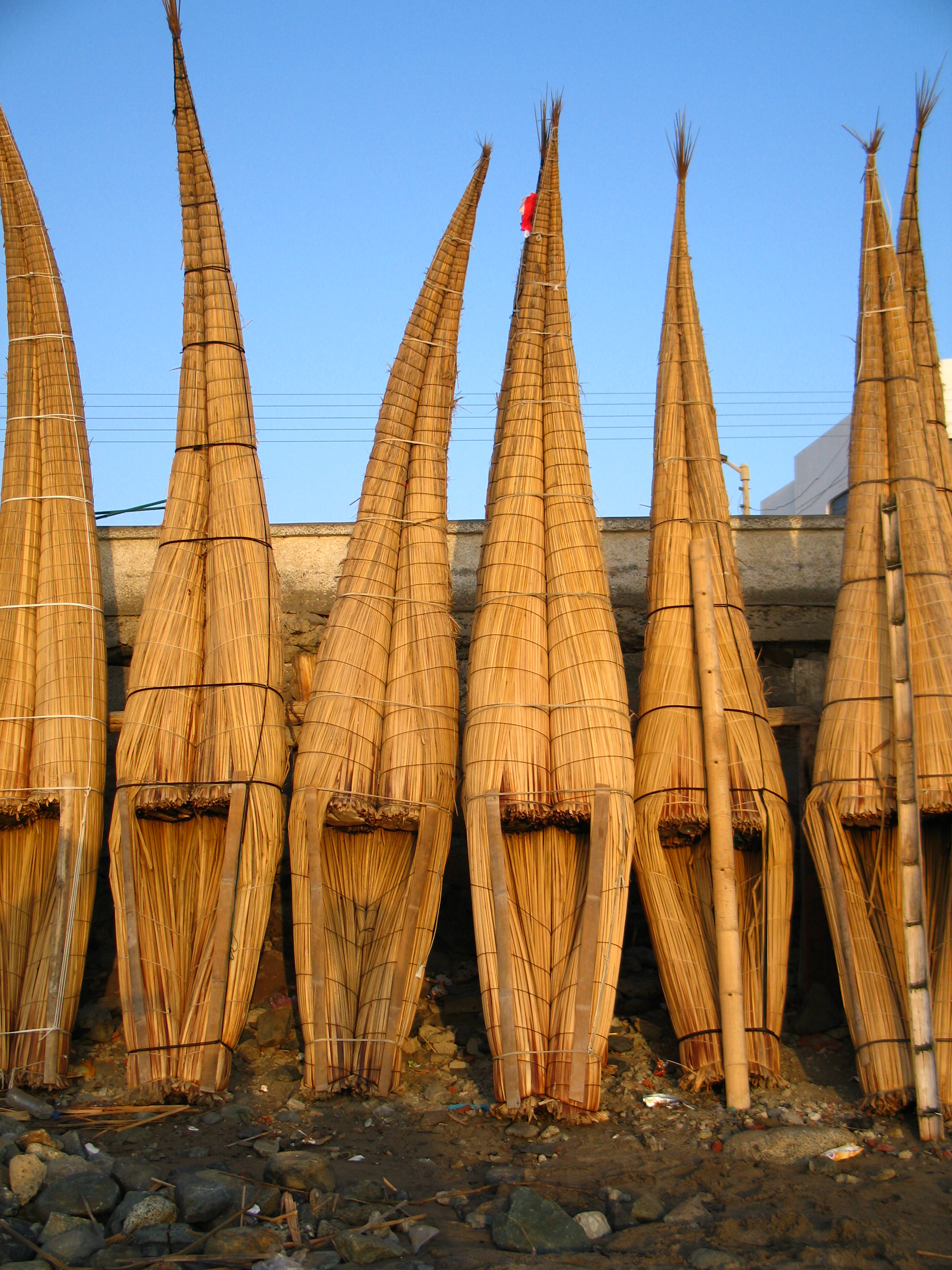Schoenoplectus Californicus on:
[Wikipedia]
[Google]
[Amazon]
''Schoeneoplectus californicus'' is a species of sedge known by the common names California bulrush, southern bulrush and giant bulrush. It is also sometimes called "tule", but the closely related '' Schoenoplectus acutus'' is the species most often referred to by that name.
/ref> It has tall, thin, dark green stems which are usually triangular in cross-section and woolly, bristly tan or brown flowers in panicle inflorescences.
USDA Plants Profile
Jepson Manual Treatment
Photos
californicus Freshwater plants Flora of the United States Flora of Mexico Flora of Central America Flora of South America Flora of Easter Island Flora of the Falkland Islands Plants described in 1830 {{Cyperaceae-stub
Description
''Schoenoplectus californicus'' is arhizome
In botany and dendrology, a rhizome (; , ) is a modified subterranean plant stem that sends out roots and shoots from its nodes. Rhizomes are also called creeping rootstalks or just rootstalks. Rhizomes develop from axillary buds and grow hori ...
d water plant found in marshy areas. It is native to the southern and western United States as well as Mexico, Central America, South America, Easter Island, and the Falkland Islands. It is naturalized on some Pacific islands
Collectively called the Pacific Islands, the islands in the Pacific Ocean are further categorized into three major island groups: Melanesia, Micronesia, and Polynesia. Depending on the context, the term ''Pacific Islands'' may refer to one of se ...
including New Zealand, Hawaii and the Cook Islands.Kew World Checklist of Selected Plant Families/ref> It has tall, thin, dark green stems which are usually triangular in cross-section and woolly, bristly tan or brown flowers in panicle inflorescences.

Uses
A notablesubspecies
In biological classification, subspecies is a rank below species, used for populations that live in different areas and vary in size, shape, or other physical characteristics (morphology), but that can successfully interbreed. Not all species ...
is the totora, ''Schoenoplectus californicus'' subsp. ''tatora''. This is famous for making up the floating islands on which the Uros people of Lake Titicaca dwell, as well as occurring on isolated Easter Island in the Pacific.
Boats have also been made from this plant by many cultures, including the Caballito de totora in Peru for over 3,000 years. The plants are still farmed in wetlands next to the sea for the boats, and there is also an ecological reserve that specifically protects these sedge farms called the Swamps of Huanchaco.
References
External links
USDA Plants Profile
Jepson Manual Treatment
Photos
californicus Freshwater plants Flora of the United States Flora of Mexico Flora of Central America Flora of South America Flora of Easter Island Flora of the Falkland Islands Plants described in 1830 {{Cyperaceae-stub